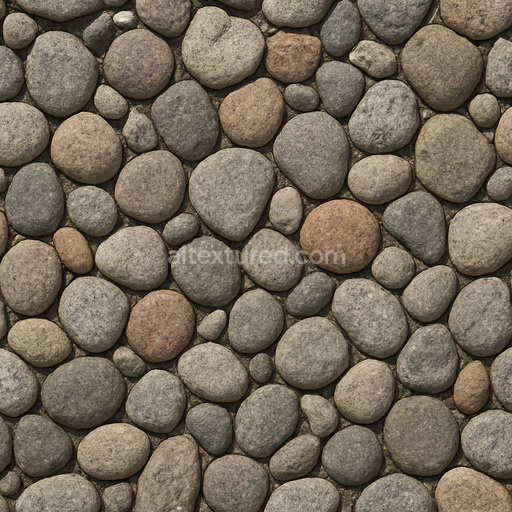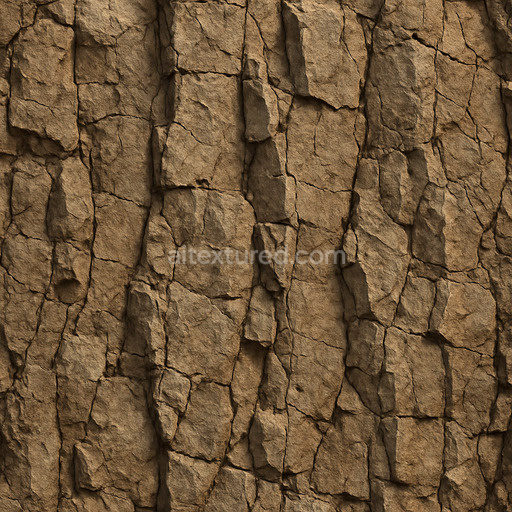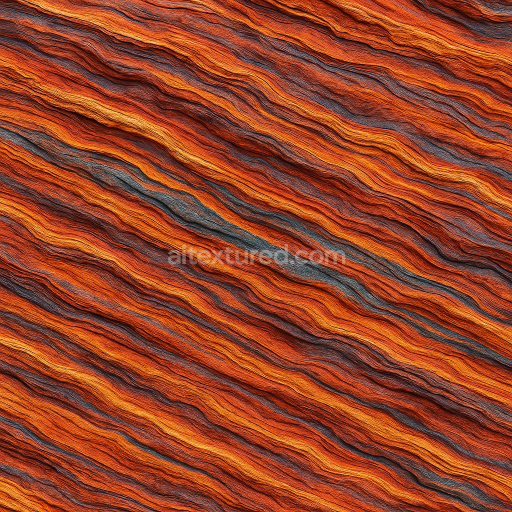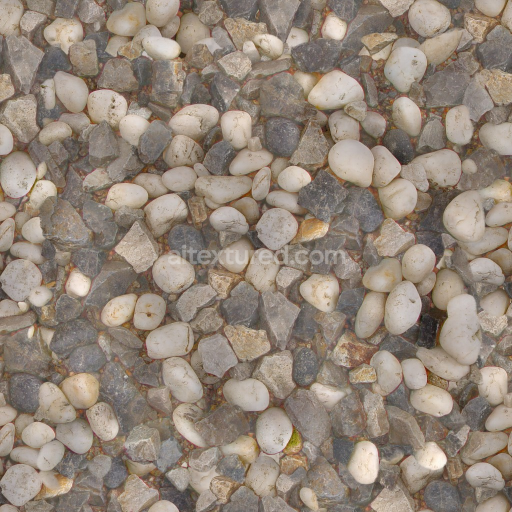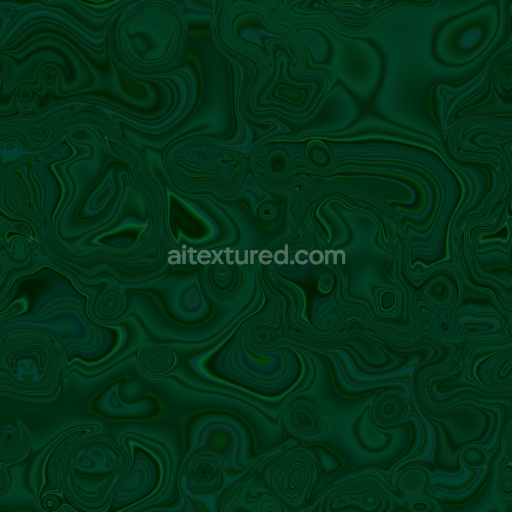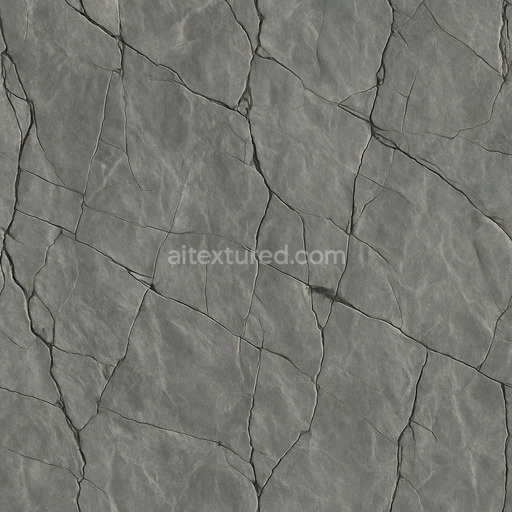This Archviz Floor Flooring Ground Pavement Rocks Stone seamless PBR texture is expertly crafted to replicate the natural complexity and material authenticity of rugged stone pavements commonly found in outdoor architectural environments. The base substrate consists of mineral-rich sedimentary rock aggregates weathered over time and bonded by a subtle cementitious matrix that mimics aged natural mineral binders. This composition creates a slightly porous surface characterized by irregular grain orientation which accentuates the realistic weathering and erosion patterns typical of authentic stone pavements exposed to environmental elements. The surface finish presents a balanced matte texture with a faint roughness reflecting moderate wear consistent with long-term outdoor use. Earthy pigments combined with natural oxide layers provide a warm harmonious color base that tiles seamlessly ensuring consistent visual continuity across expansive flooring ground and pavement surfaces.
Within the physically based rendering (PBR) framework this texture set includes meticulously designed maps that capture the subtle material variations essential for photorealistic rendering. The BaseColor (Albedo) map reveals nuanced mineral pigmentation and natural color shifts inherent in stone and rock pavements while the Normal map highlights fine surface details such as cracks stone edges and varied grain directions to enhance depth and tactile perception. Roughness maps convey the differential tactile qualities between the stones and the cementitious binder with moderate roughness values that realistically simulate light interaction on both polished and weathered areas. Metallic maps are minimal accurately reflecting the non-metallic nature of these natural materials. Ambient Occlusion maps introduce soft shadowing within crevices and grout lines adding volumetric depth and visual richness. Height or Displacement maps deliver precise relief details that significantly improve the tactile realism especially when employed in real-time engines with parallax occlusion or tessellation techniques.
Available at resolutions up to 8K this high-quality texture maintains exceptional detail and sharpness even on large-scale floor ground and pavement surfaces without visible repetition or quality loss. It is fully compatible and optimized for integration into Blender Unreal Engine and Unity supporting diverse rendering pipelines from real-time visualization to offline architectural rendering workflows. For best results adjusting the UV scale is recommended to preserve the natural proportions of the stone elements while fine-tuning roughness values can mimic varying degrees of weathering—from freshly installed pavement to aged worn surfaces. Utilizing the height map alongside parallax occlusion mapping further enhances the tactile authenticity and visual impact of stone and rock flooring within architectural visualization projects.
Careful attention to color space and gamma calibration ensures consistent material appearance across different projects and rendering engines. Created by a substance designer with deep expertise in material workflows this seamless stone pavement texture provides a reliable visually authentic foundation for archviz environments requiring natural weathered ground surfaces composed of stone rocks and pavement elements. Its detailed PBR channels and seamless design make it an indispensable resource for achieving high realism and technical precision in architectural floor and ground applications.
How to Use These Seamless PBR Textures in Blender
This guide shows how to connect a full PBR texture set to Principled BSDF in Blender (Cycles or Eevee). Works with any of our seamless textures free download, including PBR PNG materials for Blender / Unreal / Unity.
What’s inside the download
*_albedo.png — Base Color (sRGB)*_normal.png — Normal map (Non-Color)*_roughness.png — Roughness (Non-Color)*_metallic.png — Metallic (Non-Color)*_ao.png — Ambient Occlusion (Non-Color)*_height.png — Height / Displacement (Non-Color)*_ORM.png — Packed map (R=AO, G=Roughness, B=Metallic, Non-Color)

Quick start (Node Wrangler, 30 seconds)
- Enable the addon: Edit → Preferences → Add-ons → Node Wrangler.
- Create a material and select the Principled BSDF node.
- Press Ctrl + Shift + T and select the maps
albedo, normal, roughness, metallic (skip height and ORM for now) → Open.
The addon wires Base Color, Normal (with a Normal Map node), Roughness, and Metallic automatically.
- Add AO and Height using the “Manual wiring” steps below (5 and 6).
Manual wiring (full control)
- Create a material (Material Properties → New) and open the Shader Editor.
- Add an Image Texture node for each map. Set Color Space:
- Albedo → sRGB
- AO, Roughness, Metallic, Normal, Height, ORM → Non-Color
- Connect to Principled BSDF:
albedo → Base Colorroughness → Roughnessmetallic → Metallic (for wood this often stays near 0)normal → Normal Map node (Type: Tangent Space) → Normal of Principled.
If details look “inverted”, enable Invert Y on the Normal Map node.
- Ambient Occlusion (AO):
- Add a MixRGB (or Mix Color) node in mode Multiply.
- Input A =
albedo, Input B = ao, Factor = 1.0.
- Output of Mix → Base Color of Principled (replaces the direct albedo connection).
- Height / Displacement:
Cycles — true displacement
- Material Properties → Settings → Displacement: Displacement and Bump.
- Add a Displacement node: connect
height → Height, set Midlevel = 0.5, Scale = 0.02–0.08 (tune to taste).
- Output of Displacement → Material Output → Displacement.
- Add geometry density (e.g., Subdivision Surface) so displacement has polygons to work with.
Eevee (or lightweight Cycles) — bump only
- Add a Bump node:
height → Height.
- Set Strength = 0.2–0.5, Distance = 0.05–0.1, and connect Normal output to Principled’s Normal.
Using the packed ORM texture (optional)
Instead of separate AO/Roughness/Metallic maps you can use the single *_ORM.png:
- Add one Image Texture (Non-Color) → Separate RGB (or Separate Color).
- R (red) → AO (use it in the Multiply node with albedo as above).
- G (green) → Roughness of Principled.
- B (blue) → Metallic of Principled.
UVs & seamless tiling
- These textures are seamless. If your mesh has no UVs, go to UV Editing → Smart UV Project.
- For scale/repeat, add Texture Coordinate (UV) → Mapping and plug it into all texture nodes.
Increase Mapping → Scale (e.g., 2/2/2) to tile more densely.
Recommended starter values
- Normal Map Strength: 0.5–1.0
- Bump Strength: ~0.3
- Displacement Scale (Cycles): ~0.03
Common pitfalls
- Wrong Color Space (normals/roughness/etc. must be Non-Color).
- “Inverted” details → enable Invert Y on the Normal Map node.
- Over-strong relief → lower Displacement Scale or Bump Strength.
Example: Download Wood Textures and instantly apply parquet or rustic planks inside Blender for architectural visualization.
To add the downloaded texture, go to Add — Texture — Image Texture.

Add a node and click the Open button.

Select the required texture on your hard drive and connect Color to Base Color.








